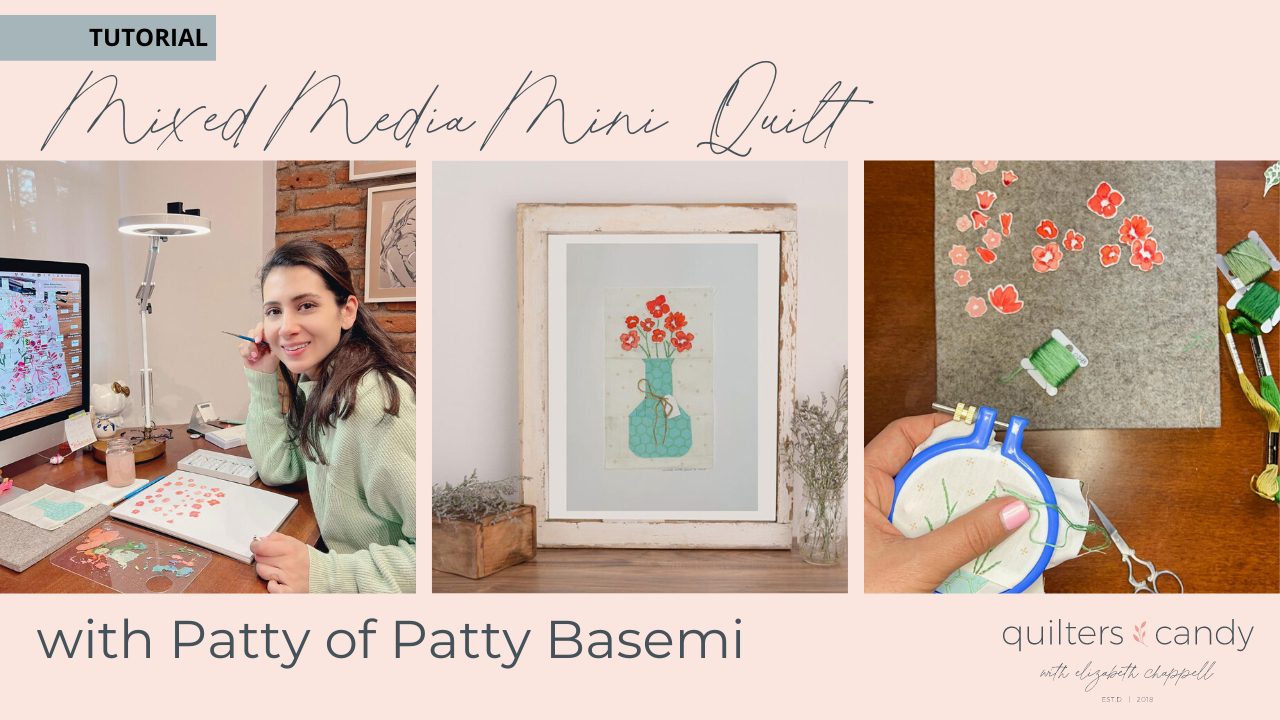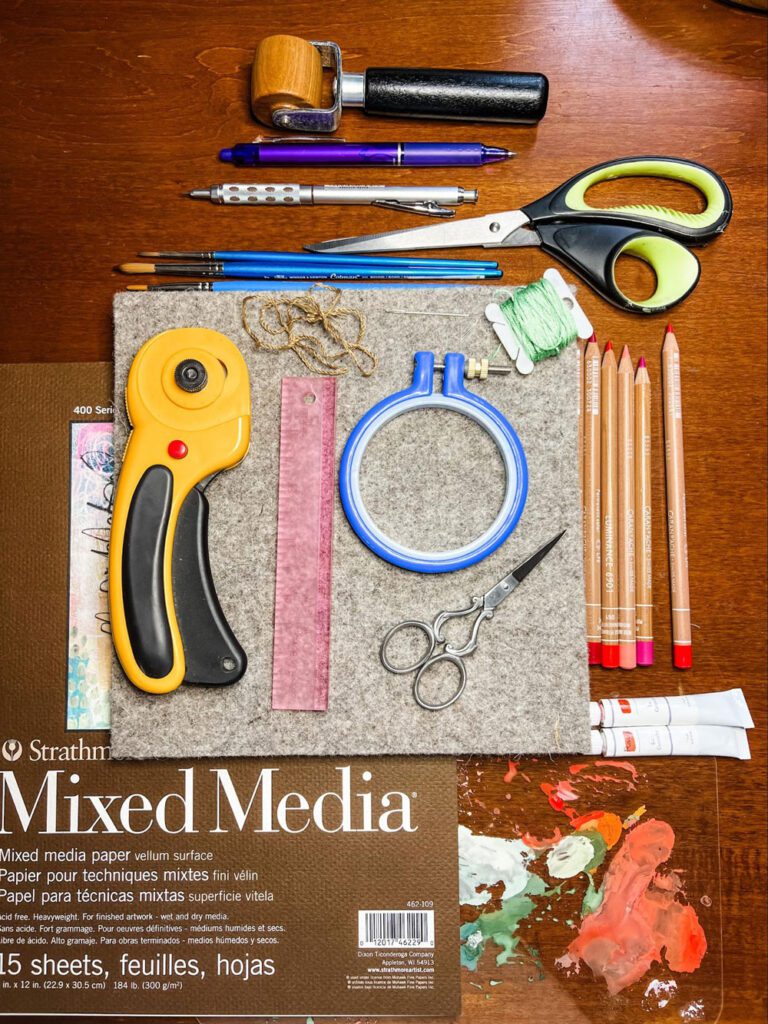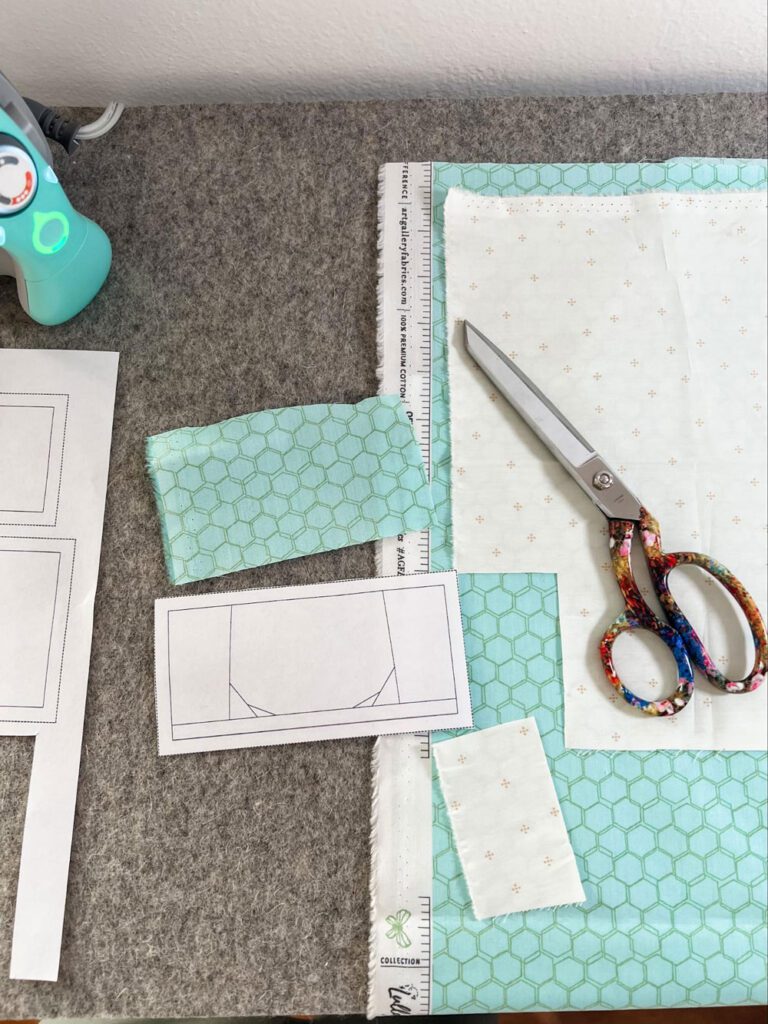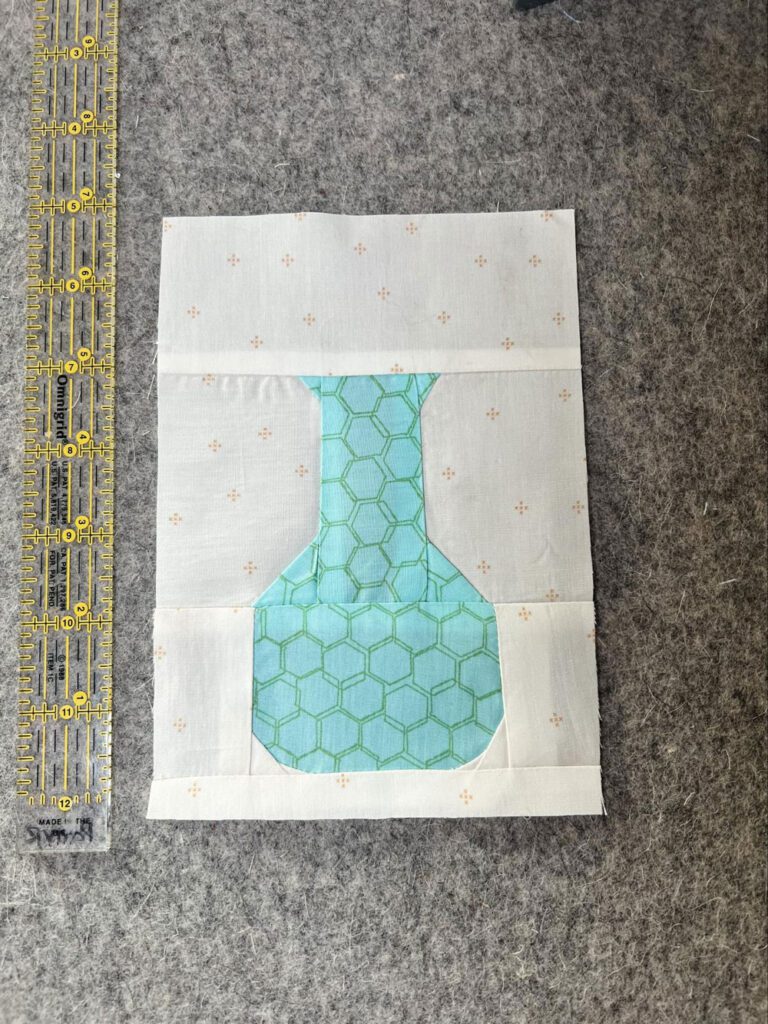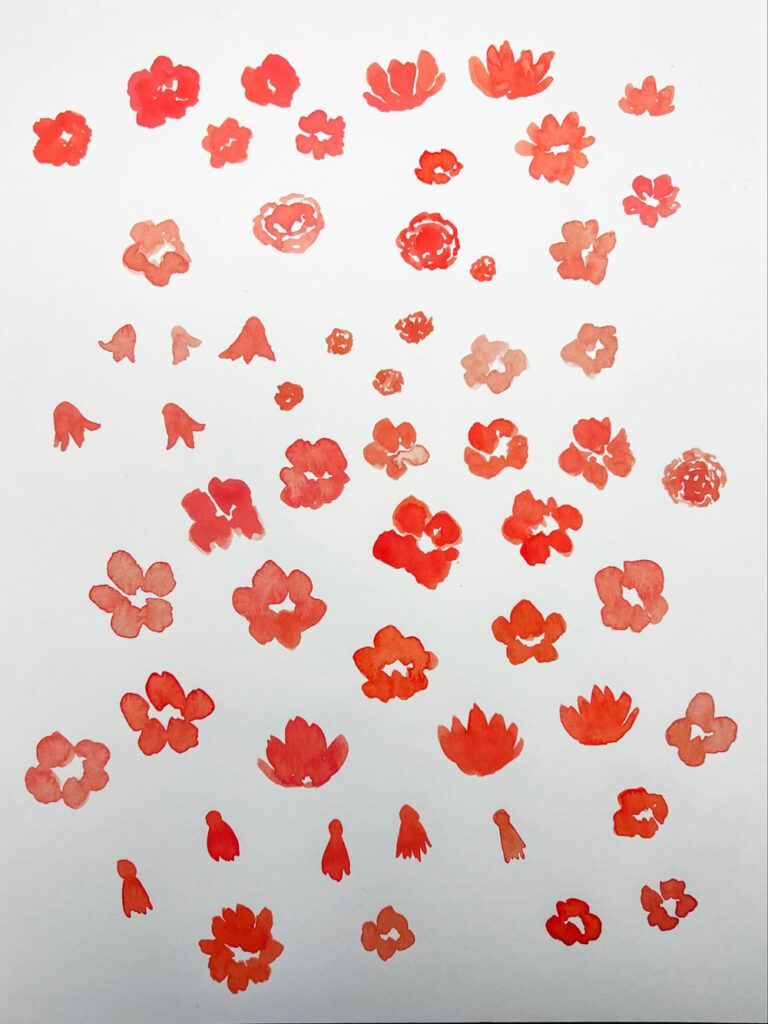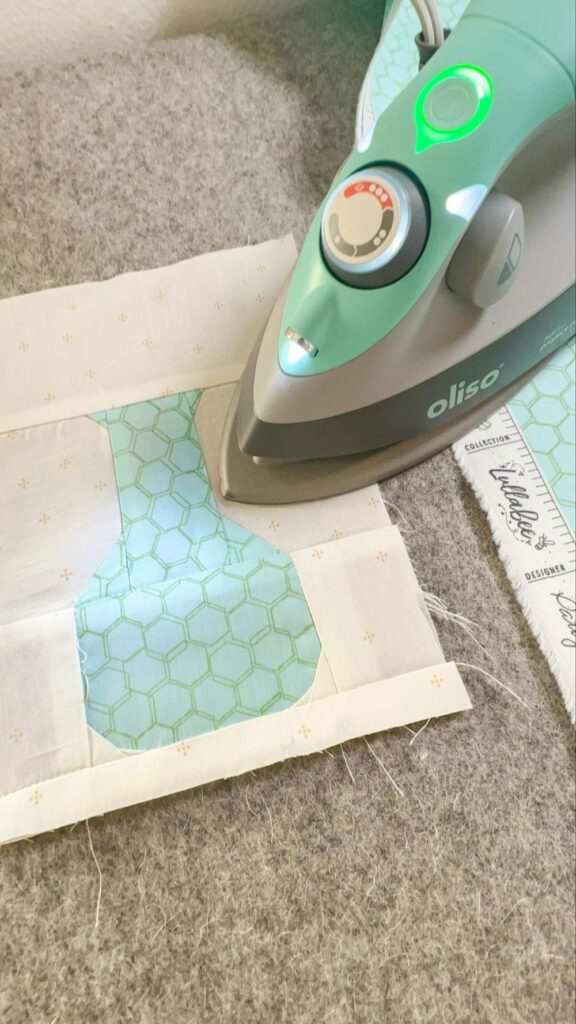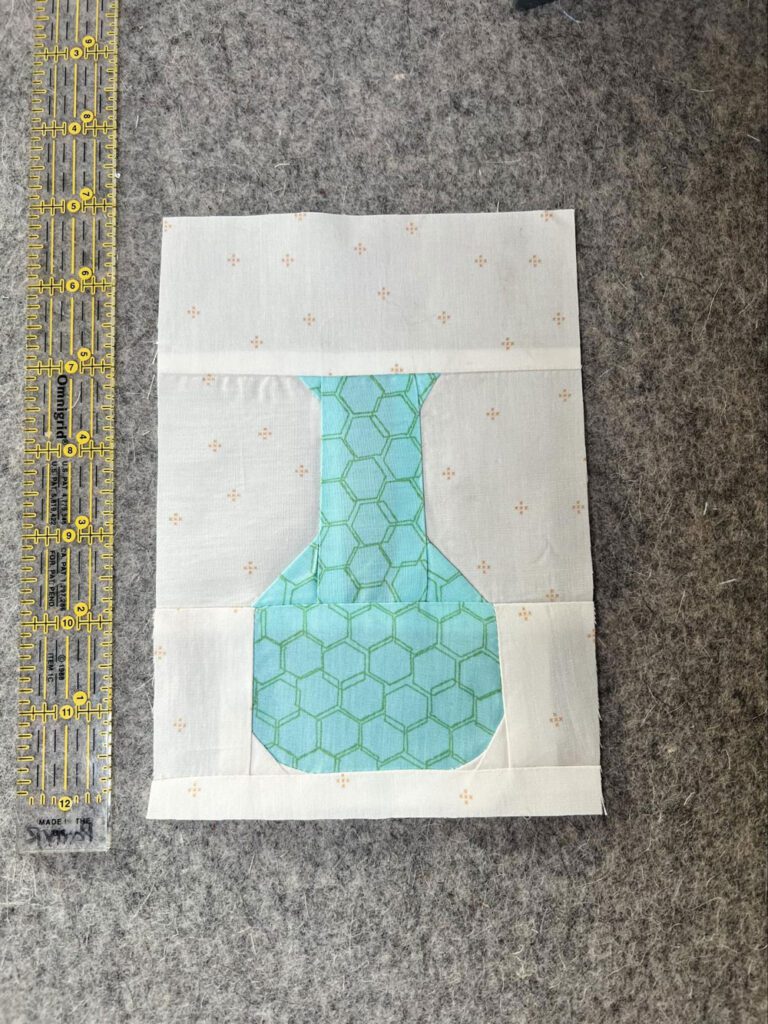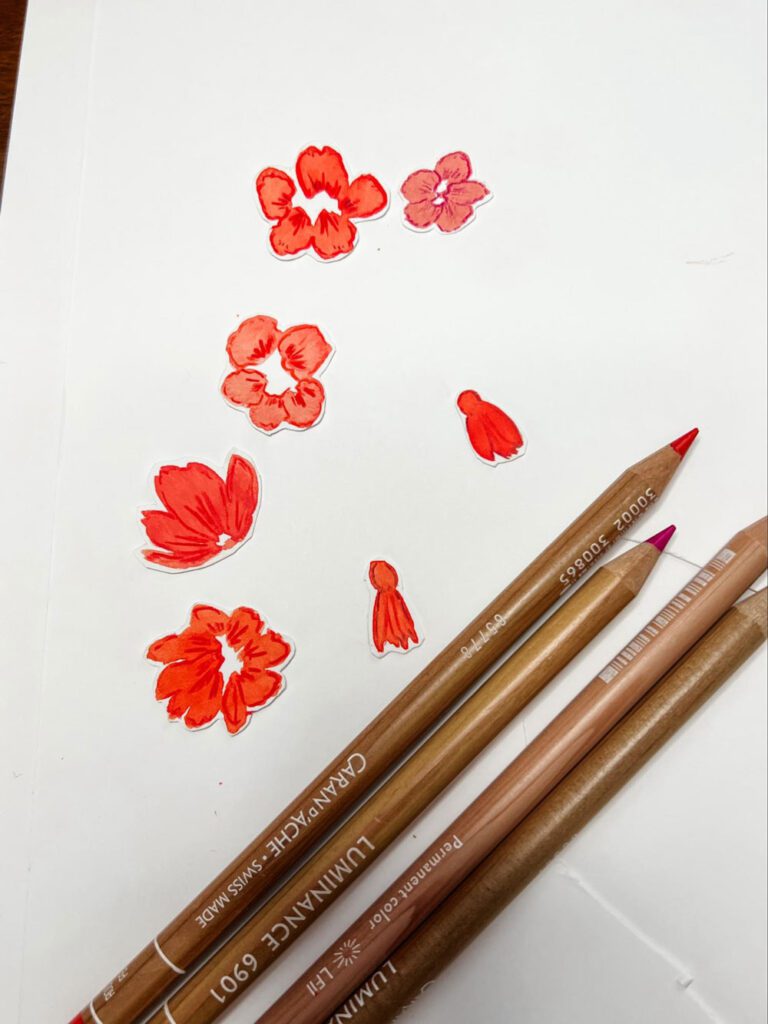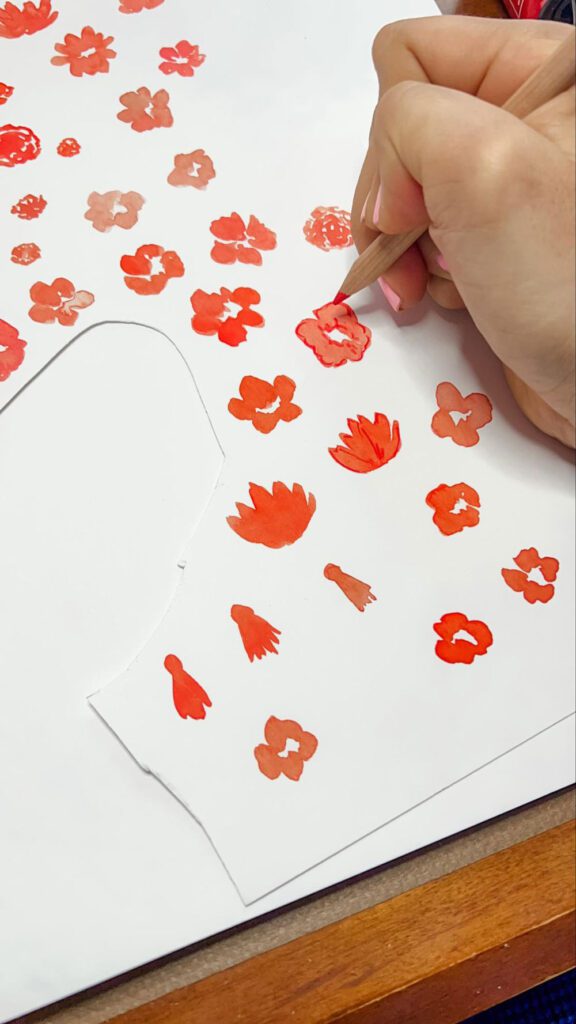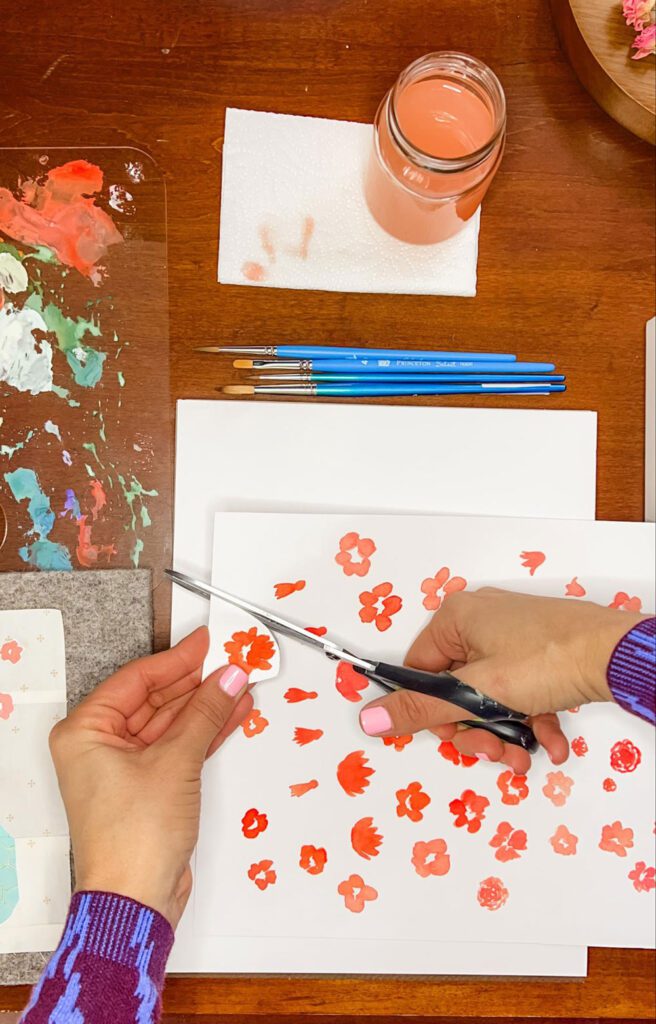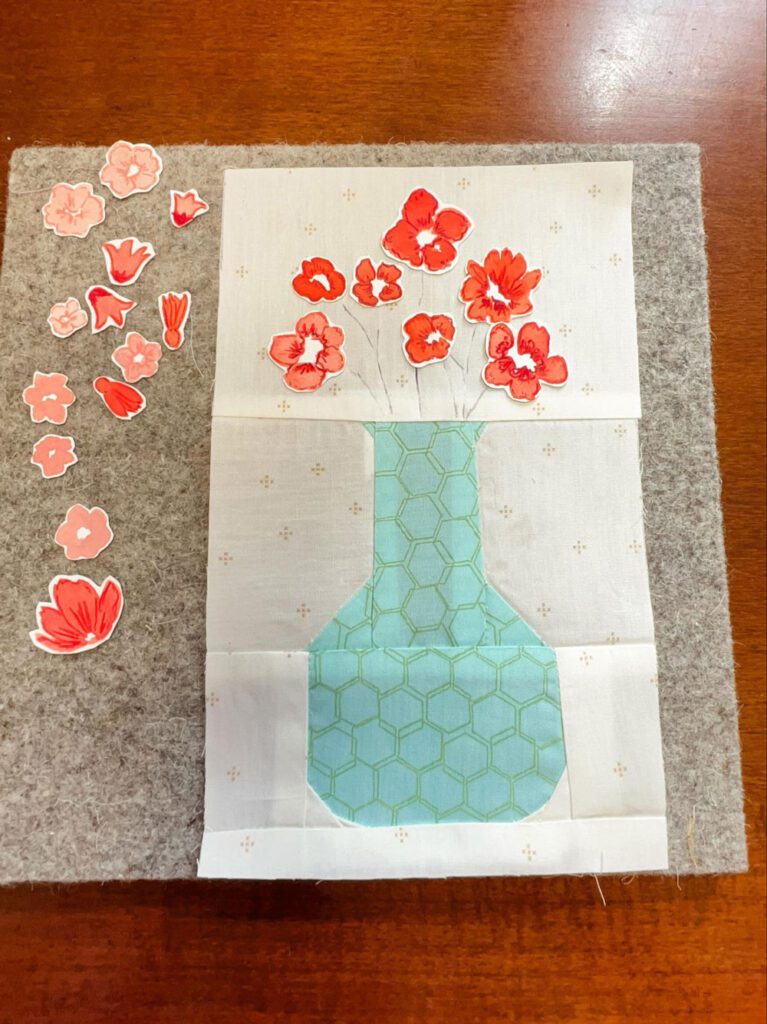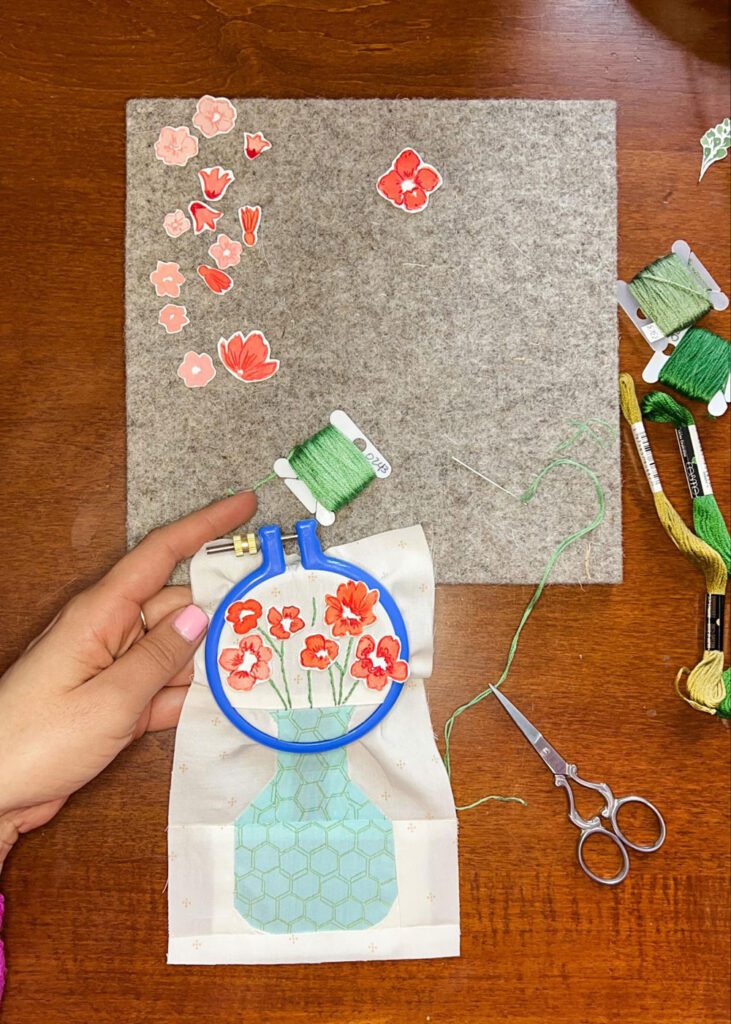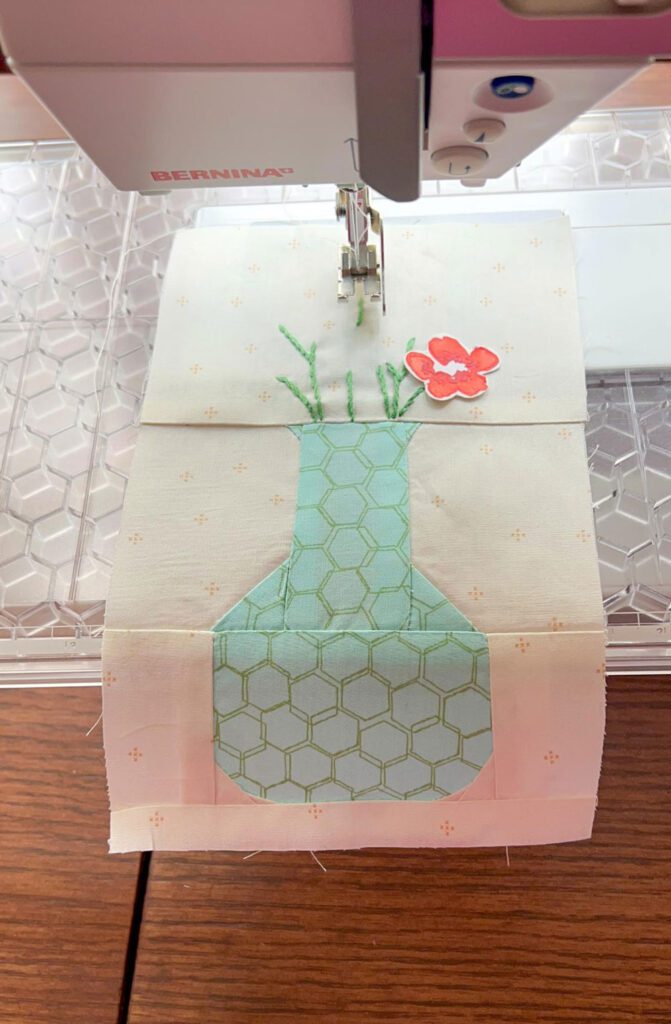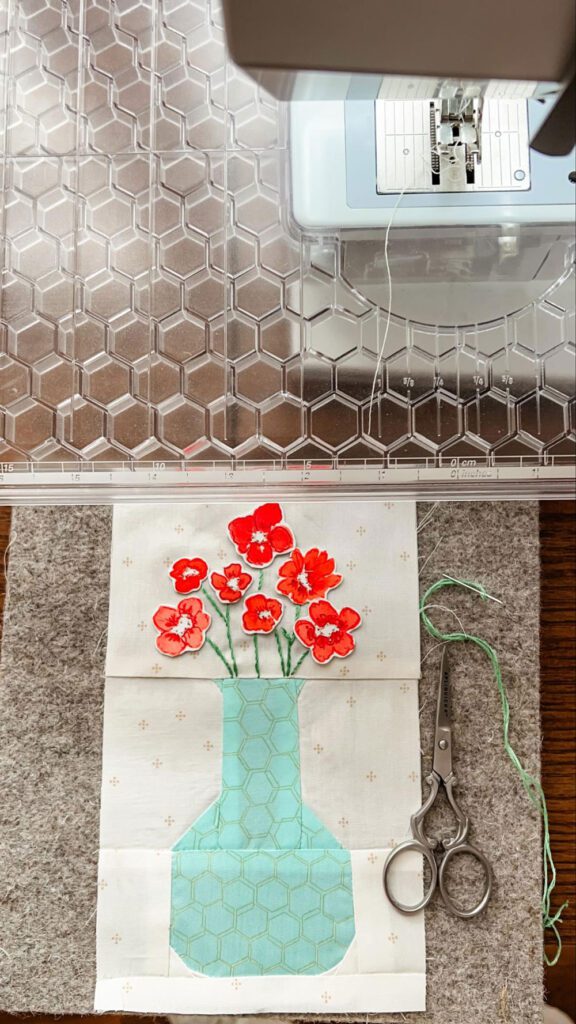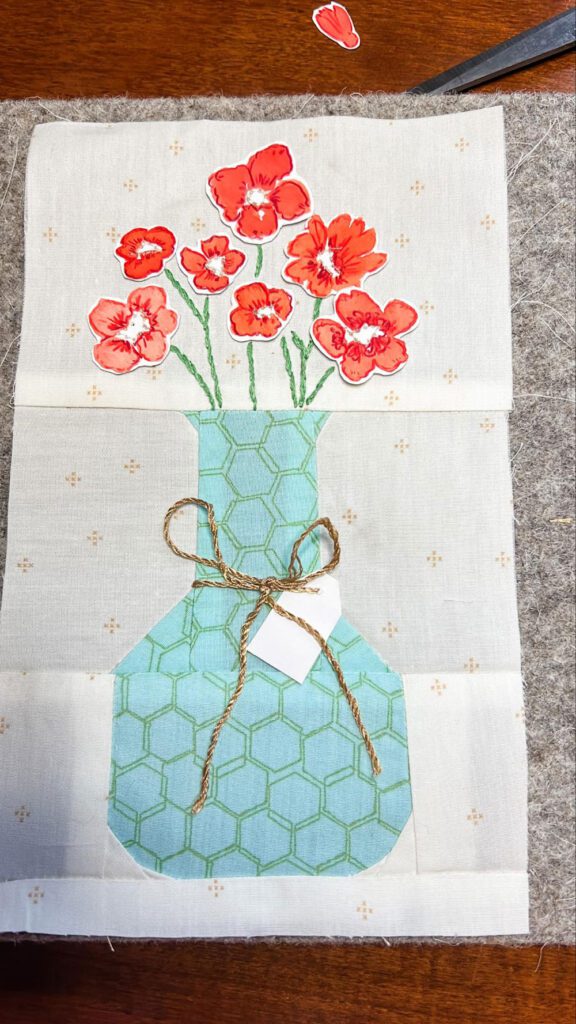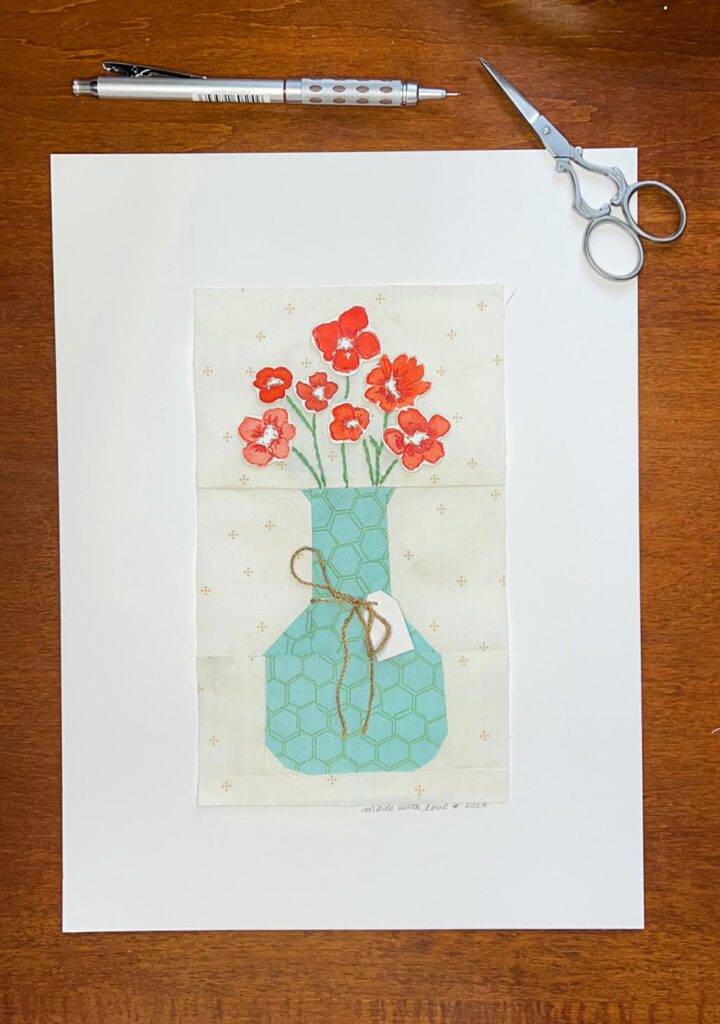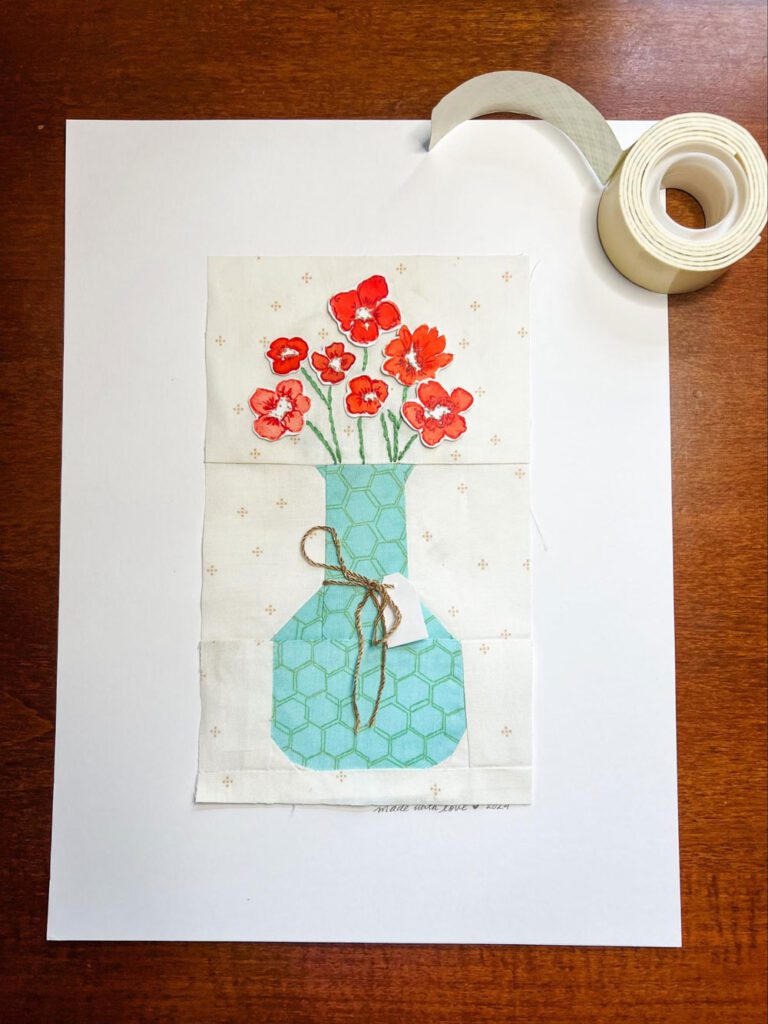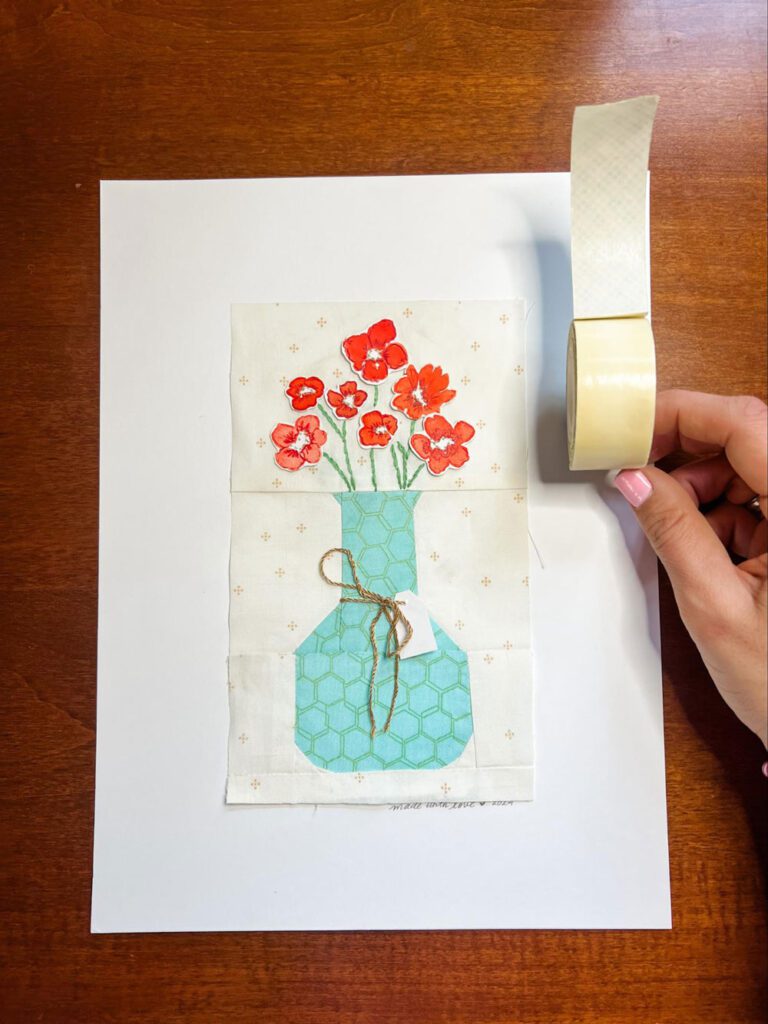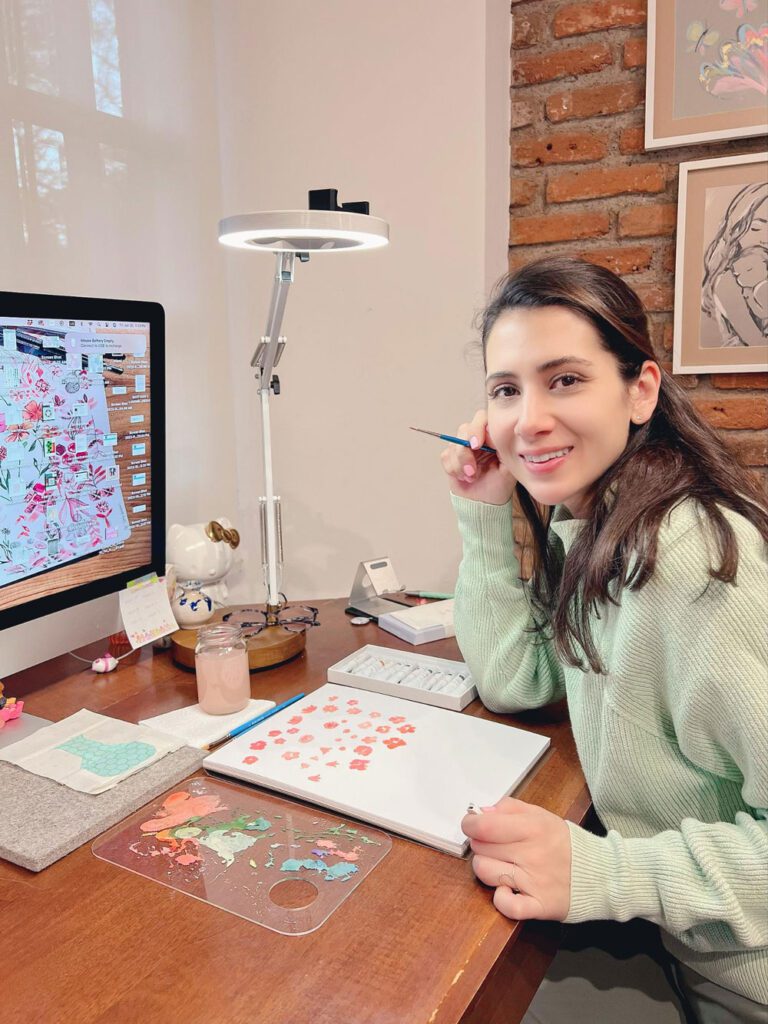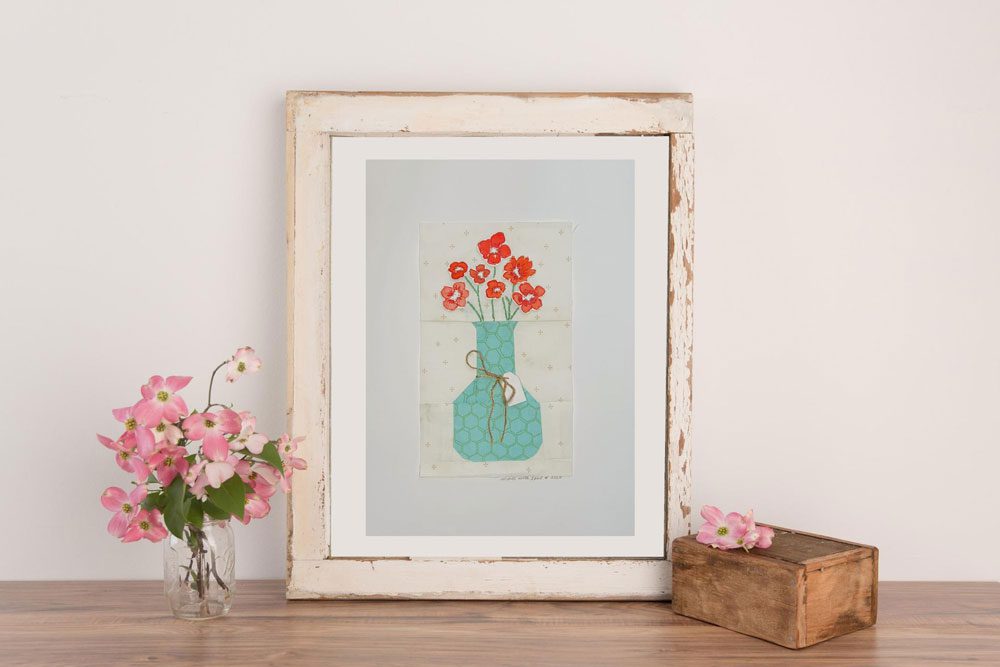Mixed Media Mini Quilt
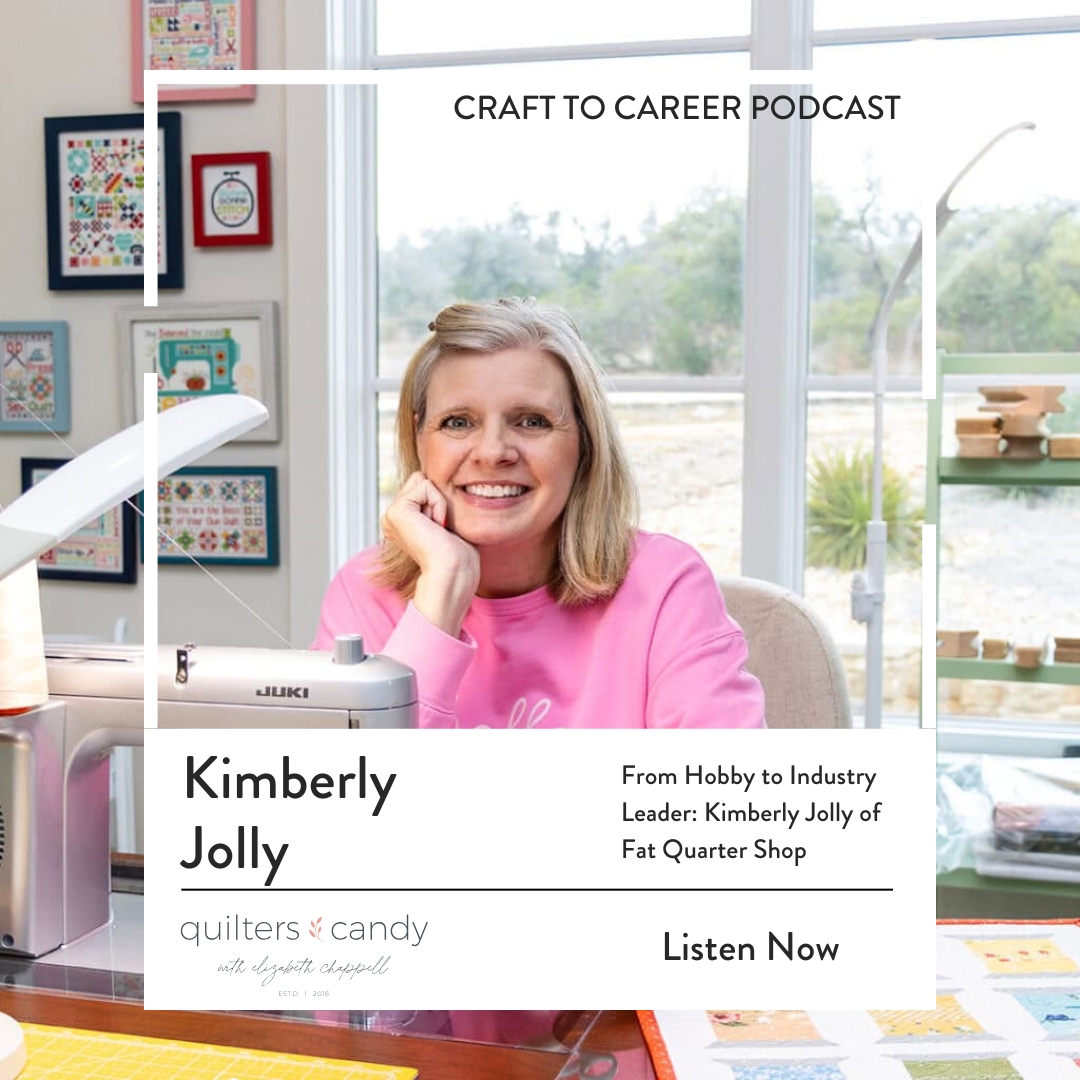
the latest
November 6, 2025
Episode Overview In this inspiring episode of the Craft to Career podcast, Elizabeth Chappell chats with Kimberly Jolly, founder and CEO of Fat Quarter Shop, one of the most recognized quilting retailers in the world. Kimberly shares her journey from running a small eBay fabric store out of her home to leading a thriving business […]
tune in
tune into the
Craft to Career
Podcast
Each week get insights on how to turn your craft into a successful career. With both guest speakers and tips from myself, you get valuable, free education on the Craft to Career podcast!
or SEARCH THESE
Popular categories
Craft to Career
Digital Downloads
Patterns
Podcast
Quilt Alongs
Quilt Questions
Tutorials
